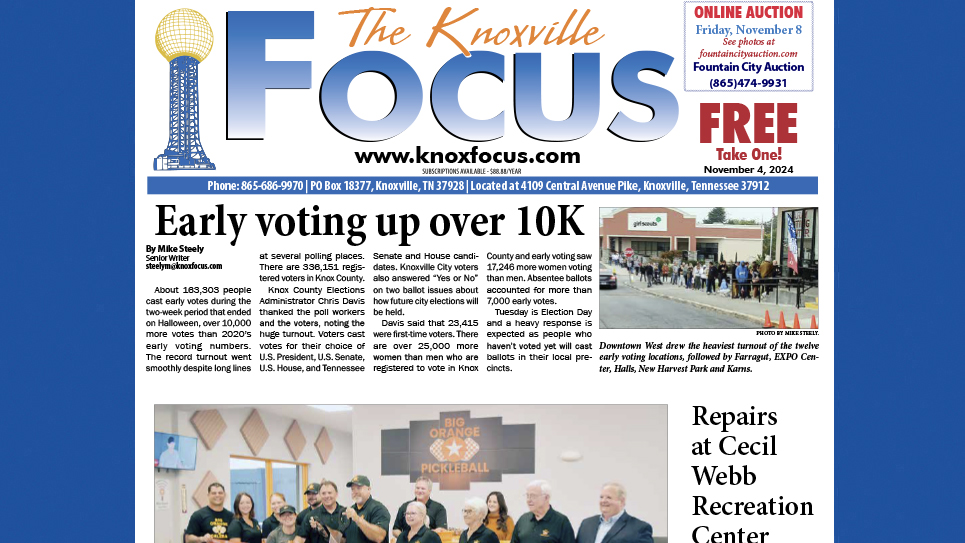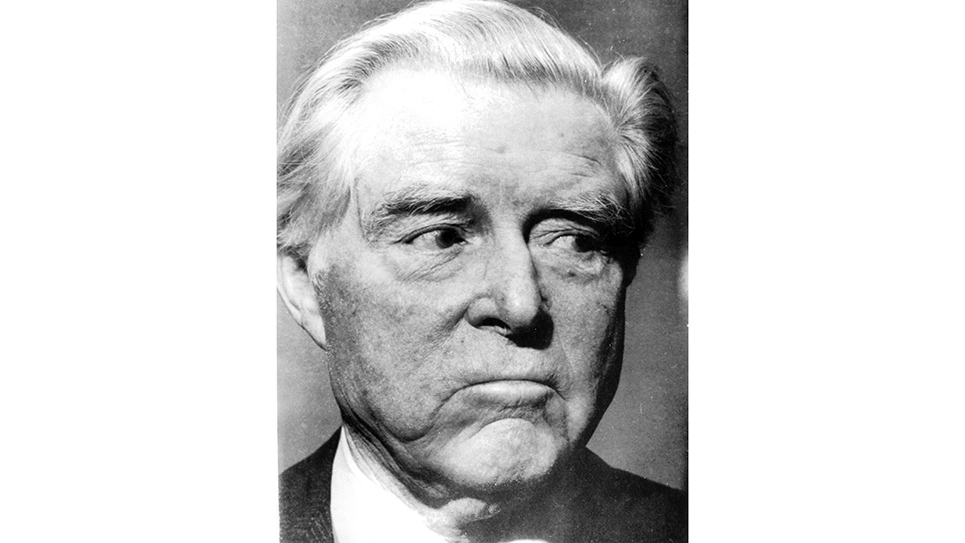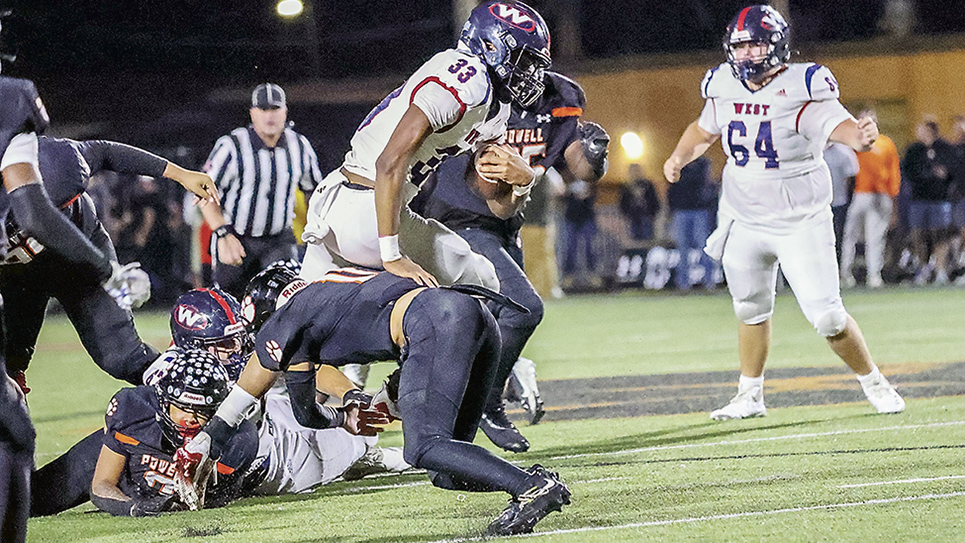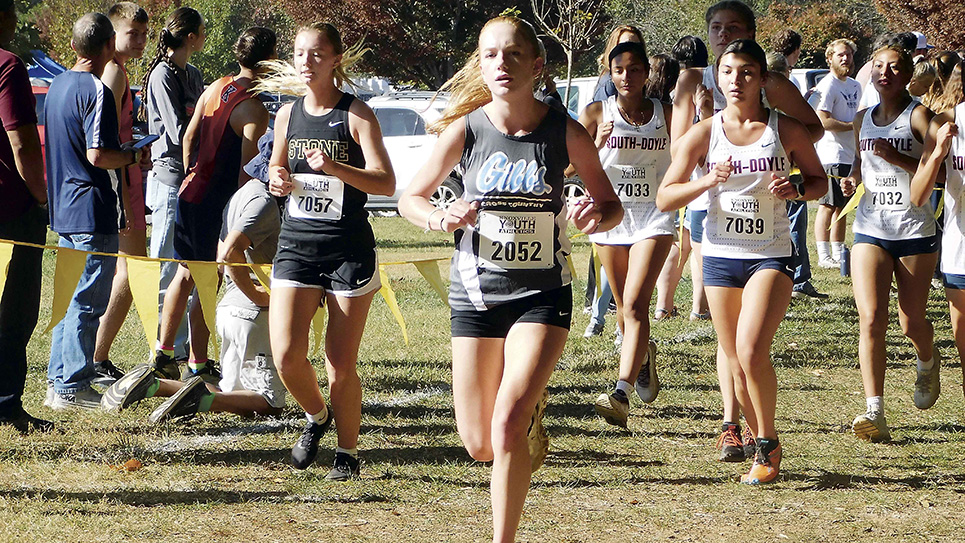By Tom Mattingly
When the University of Tennessee started fall classes in September 1953, there was one very important item on the agenda for student body leaders.
It was a movement to select a mascot.
Both local newspapers broke the story on Sunday, Sept. 20. The Orange and White, the student newspaper now known as the Daily Beacon, followed suit in its first issue on Thursday, Sept. 24. (John Ward had the byline on the Knoxville Journal story. The News-Sentinel story was not bylined.)
Under the headline “Pep Club Seeks Dog as Mascot,” an unnamed campus writer noted that, “U-T has been one of the few major universities without a mascot.”
“After much consideration and debate, and the approval of the school’s All-Students Club, it was decided that a ‘hound dog is to represent Tennessee’s colors,’ the News-Sentinel wrote. “The decision stemmed from the fact that most of our ancestors, the ones who made Tennessee famous, were the sturdy, hardy, courageous pioneers. And whoever heard of a pioneer without an ever-faithful hound.”
That came after a bear and a Tennessee Walking Horse had been eliminated from consideration.
There had been signs all over campus about the contest.
“This can’t be an ordinary hound. He must be a ‘Houn Dawg’ in the best sense,” the signs read.
“We want a name which typifies the heritage of our state, which signifies the spirit and tradition of the Volunteer,” said Pep Club president Stuart Worden, who had spearheaded the search.
The appointed day came, as the Vols and Mississippi State squared off in the season opener, on Sept. 26 on Shields-Watkins Field. The contest took place at halftime, with the Vols trailing 13-0.
In a front-page story in the Journal the next day, writer Brad Patterson led with a description of the scene at halftime as the hounds were presented, accompanied by a picture of the hounds with majorettes Betty Shelton, Faye Brown, Mary Lee Thomas, and Ann Thompson.
“Four sad-faced hound dogs competing for mascot of the University of Tennessee Volunteers seemed less forlorn than many of the estimated 25,000 fans at Shields-Watkins Field yesterday, as the Mississippi State Maroons trampled Tennessee 26-0,” wrote Patterson.
“‘Blue Smokey,’ owned by Rev. W. C. Brooks of Mascot, apparently was chosen over the other three dogs because of the roaring applause he received.”
“He was the last dog in the line,” Rev. Brooks said. “When they came to him, they said, ‘This is old Smokey.’ The students were supposed to cheer for the dog they wanted. He barked. And they cheered for him. He barked again. He’d just throw his head back, and he had an awful voice anyway.
“I bought him four years ago at 11:30 in the woods near Chattanooga. He had just treed his second coon, and I told the others, ‘I want that dog.’ I had done a lot of hunting with him. He had won some dog shows. In fact, I had turned down $500 for him — that was pretty good money in those days.”
Rev. Brooks and Worden shook hands on the deal the week after the Mississippi State game, a common practice in those days. The new mascot made his debut at the next week’s Duke game. There has been a Smokey on the sideline ever since, home and away, excepting a couple of games at Georgia Tech and Arkansas.
News-Sentinel cartoonist Bill Dyer inked a cartoon rendition of Smokey in tears at the game’s end as part of his famed “DyerGram.”
“They picked a sad-eyed houn’ dog for a mascot,” Dyer wrote in his cartoon summary of the game. “He had a right to be!”
The contest and Smokey’s selection caught the attention of the Journal’s Tom Anderson, who penned this little piece of doggerel.
“It might be a big honor,
Mascoting this platoon
But I’d rather be alone
Chasing a coon.
In 1994, in a collection of “vignettes” of important events in the history of the University of Tennessee, Dr. Milton Klein wrote that the selection of a mascot was one of the top historic decisions that have shaped the university.
“We are fortunate in having several such memoirs of University of Tennessee students. They reveal the limited range of campus activities available under the male, military regime that prevailed until 1890, the changes that came with admission of women in 1892, the initiation of Homecoming, Torch Night, Aloha Oe ceremonies, and other ceremonies in the early twentieth century, and the adoption in recent years of a new team mascot, Smokey, the blue tick hound.”
Smokey XI takes over this fall, as the line of Bluetick Coonhounds continues their service to the university.






